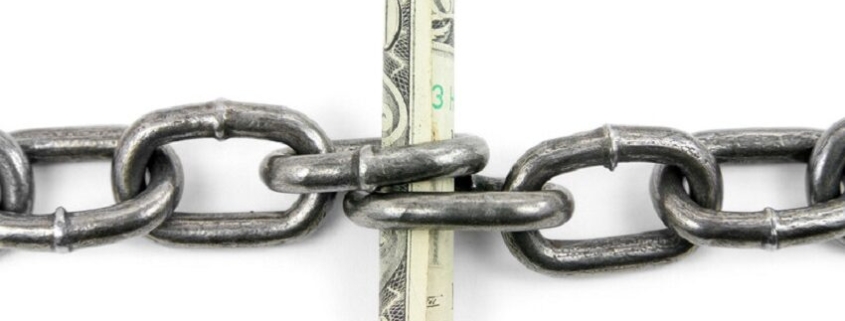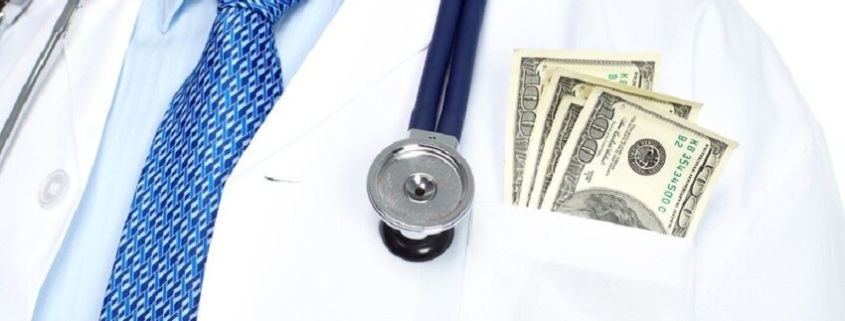As Medical Office Space Emerges From Pandemic Supply Will Be A Problem
While medical office buildings sales volume declined in 2020, it was much less of a drop than the other commercial real estate sectors, according to a report from Colliers.
MOB investment decreased 12.2% year-over-year in 2020 to hit $11.1 billion, according to Colliers, while cap rates fell 20 basis points to 6.5%. By comparison, commercial real estate posted a 32% decline in sales volume overall.
Like many sectors, MOB saw an increase in activity in Q4. Sales volume rose from $2.1 billion in Q3 2020 to $3.6 billion. With 67% of total volume in 2020, private equity led the acquisition activity.
On a metro level, Los Angeles led in sales in 2020 at $812 million. It was followed by New York City at $644 million, the D.C. metro at $422 million and Chicago at $401 million.
The west paces in the country in MOB pricing at $374 per square foot. The Midwest and Northeast followed at $331 per square foot and $326 per square foot, respectively. For the Mid-Atlantic, Southwest, and Southeast, pricing ranged between $260 and $300 per square foot.
In Q4, cap rates were lowest in the Southeast at 5.9%. Next was the Southwest at 6.4%. The Northeast posted the highest MOB cap rates at 7.8%. On the best assets, Colliers says sub-6% cap rates were reported for multiple transactions. For instance, a MOB sold in Palm Beach last September 2020 at a quoted cap rate of only 3.9%.
“Cap rate stability reflects the continued desirability of healthcare as it became one of the most essential sectors in 2020,” Colliers said in the report. Investors view it as a relatively safe and durable investment even in times of economic uncertainty. Healthcare real estate continues to be firmly established as a separate asset class within the real estate sector.
As investors look to the asset class this year, they will find that supply is an issue in the medical office sector.
“Apart from new construction, the US MOB market has a relatively limited supply of investable inventory,” according to Colliers. “Healthcare systems and providers hold nearly two-thirds of all healthcare real estate.”
While 30 million new square feet of new medical office space will create upward pressure on vacancy rates in 2021, demand is still projected to outpace supply.
While there might be some conversion of other uses into medical office buildings to increase supply, these transitions are difficult.
“It’s really not that easy,” Pete Bulgarelli, president and CEO of Lillibridge Healthcare Services and executive vice president, office, Ventas, said on CBRE’s ‘The Weekly Take’ podcast.
Medical users have different demands.
“The ways that physicians deliver care and utilize their space is much different than traditional office,” says Christopher Bodnar, vice chairman and co-head of healthcare and life sciences capital markets, CBRE.
Source: GlobeSt.





 The Class “A” medical office building was recently developed to consolidate multiple physician practice groups and ancillary services into one location. With 14 practice groups, the property provides patients with convenient access to a variety of specialties and services, including ENT, orthopedics, gastroenterology, pain medicine, family practice, and physical therapy.
The Class “A” medical office building was recently developed to consolidate multiple physician practice groups and ancillary services into one location. With 14 practice groups, the property provides patients with convenient access to a variety of specialties and services, including ENT, orthopedics, gastroenterology, pain medicine, family practice, and physical therapy.